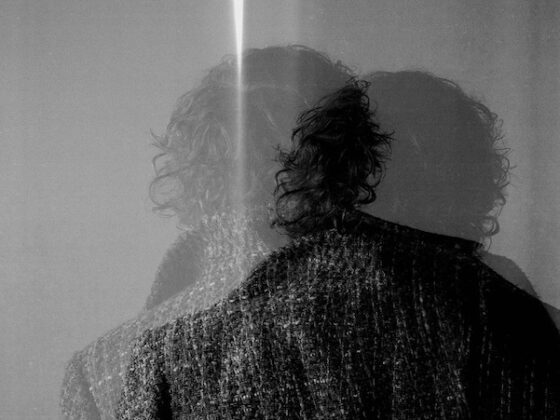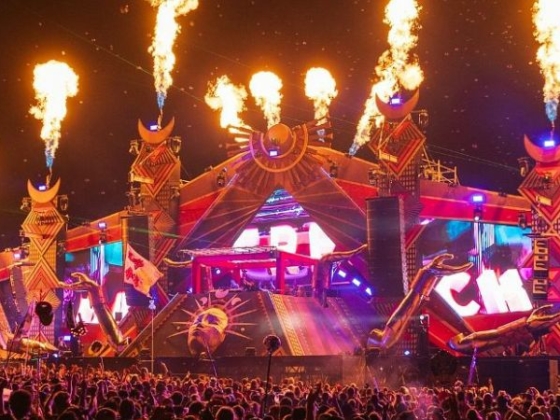For the past decade, vinyls have made a comeback for the ages for the music industry and fans alike. What once was considered an acquired taste has become a born-again staple continuing to grow. Diehard fans and even resellers are hawking record stores for new releases, with the colorful or special edition vinyls becoming as difficult as copping Jordan retros for retail. If you think I’m kidding, there’s literally an entire vinyl section on StockX.
The numbers back up the hype as Billboard reported that US vinyl sales have grown for its 17th consecutive year. Just two years ago, vinyls outsold CDs for the first time in nearly three decades. MusicWeek that 2023 sales are up 15% year-to-year and vinyl are currently “at its highest level in units since 1990”. So it’s become clear that its taken the crown as the top-selling physical album form.
Whether people are fans or not, people are noticing the shift towards vinyl sensationalism and want in. A lot of buyers are grabbing records without even having the means to listen to them.
According to Luminate, “50% of consumers who have bought vinyl in the past 12 months own a record player, compared to 15% among music listeners overall.” More than listening to them, vinyls have become a fan-favorite music tangible for albums and EPs they love. It’s bringing back the nostalgic pre-Napster feeling of getting physical LPs and admiring the artwork, song credits, thank you notes, etc.
Needless to say, business is booming again for the vinyl industry, and will grow even more beginning July 15th. On this date, Billboard will begin to reflect the charts that will include their new “fan pack” rules. The new regulations involve a reversal of their original ban on bundles, but under new terms. From here on, artists will be able to contribute to their album sales by selling specific merchandise (sweatshirts, t-shirts) and a required physical album or LP together.
In regards to vinyl's current resurgence, all parties involved benefit. Billboard’s new “fan pack” rules encourage the industry’s long term sustainability because of the new demand that’s been created for music distributors to invest into. The main difficulty that limits the industry’s growth is the limited production of vinyl pressing. For the first time in decades, there’s a major financial gain at stake that could push for a much-needed reformation within the supply chain.
Labels and artists can now take advantage of the new changes that can provide an album sales boost and a means to strengthen artist-fan relationships.
For listeners, vinyls are memorabilia pieces of the music and artists they connect with the most. Most people today listen to music in a digital format, so if someone’s buying a physical form, especially a vinyl, it’s because they genuinely went out their way to have it.
Also, labels can use vinyls as part of their release dates, and use them to identify their “superfans” by region. A superfan is the listener, the apparel buyer, the concert-ticket buyer, and more. So while streams can show what areas are listening, vinyl fan-pack bundles can show which areas are going above and beyond.
For independent artists, the same applies for them and more. More than anyone, they depend on their core fan bases to keep them afloat and elevate their careers. So the vinyl fan packs can become an additional revenue stream for indie artists. That, but it also gives a chance for them to debut higher on the charts. This goes especially for indie artists like Larry June and Brent Faiyaz that have cult followings for fan bases. Something like this could give them the edge for cracking the top 10 on the charts or even taking the top spot. When Brent’s latest full-length Wasteland missed the #1 spot just a few copies, something like this could’ve helped him come out on top.
And last but not least, the new rules are a huge win for the actual fans. If major labels and artists double down on vinyl production and get directly involved with aiding the supply chain, buyers can look to see vinyls increase in volume and creative innovation.
"I now ask the major labels Warner Brothers, Universal and Sony to finally build your own pressing plants again… You're either part of the problem or part of the solution" – Jack White, Texas Public Radio (2022)
If an artist were to take notes from Jack White’s Ultra vinyl release, it’s plenty of creative space to bring out the vinyl’s potential, ranging from adding unreleased tracks/verses to hiding a B side using the locked grooves to even bringing the vinyl’s design to life in the most unique ways possible. Last year, MSCHF and The Weeknd teamed up to deliver a very rare pressing of his After Hours LP using a saw blade vinyl.
Despite its current problems, the vinyl industry has more potential for a boom than a bust right now. Once the industry receives the production push it needs, the current era of vinyl collecting will go to the next level.











